For LMIC-Arduino use the following formats:
// For activation type OTAA (over the air activation) use:
// DevEUI (end-device identifier) in LSB (least-significant-byte) first / little endian format.
static const u1_t PROGMEM DEVEUI[8] = { 0x00, 0x00, 0x00, 0x00, 0x00, 0x00, 0x00, 0x00 };
// AppEUI (application identifier) in LSB (least-significant-byte) first / little-endian format.
// For TTN issued EUIs the last bytes should be 0xD5, 0xB3, 0x70.
static const u1_t PROGMEM APPEUI[8] = { 0x00, 0x00, 0x00, 0x00, 0x00, 0x00, 0x00, 0x00 };
// AppKey (application key) in MSB (most-significant-byte) first / big endian format.
static const u1_t PROGMEM APPKEY[16] = { 0x00, 0x00, 0x00, 0x00, 0x00, 0x00, 0x00, 0x00, 0x00, 0x00, 0x00, 0x00, 0x00, 0x00, 0x00, 0x00 };
// For activation type ABP (activation by personalization) use:
// DevAddr (end-device address) in MSB (most-significant-byte) first / big endian format.
// Note that in the example it is defined as u4_t, not as an array of u1_t.
static const u4_t DEVADDR = 0x00000000 ;
// NwkSKey (network session key) in MSB (most-significant-byte) first / big endian format.
static const PROGMEM u1_t NWKSKEY[16] = { 0x00, 0x00, 0x00, 0x00, 0x00, 0x00, 0x00, 0x00, 0x00, 0x00, 0x00, 0x00, 0x00, 0x00, 0x00, 0x00 };
// AppSKey (application session key) in MSB (most-significant-byte) first / big endian format.
static const u1_t PROGMEM APPSKEY[16] = { 0x00, 0x00, 0x00, 0x00, 0x00, 0x00, 0x00, 0x00, 0x00, 0x00, 0x00, 0x00, 0x00, 0x00, 0x00, 0x00 };
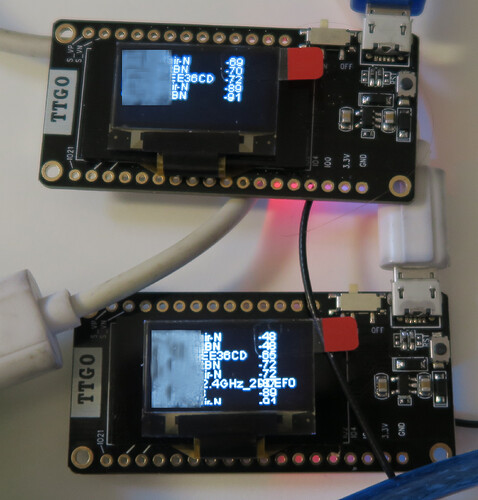

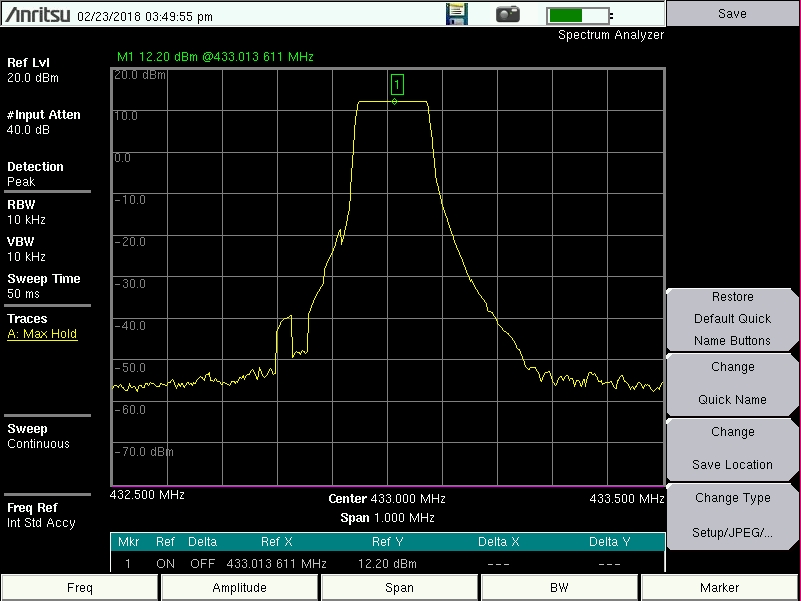
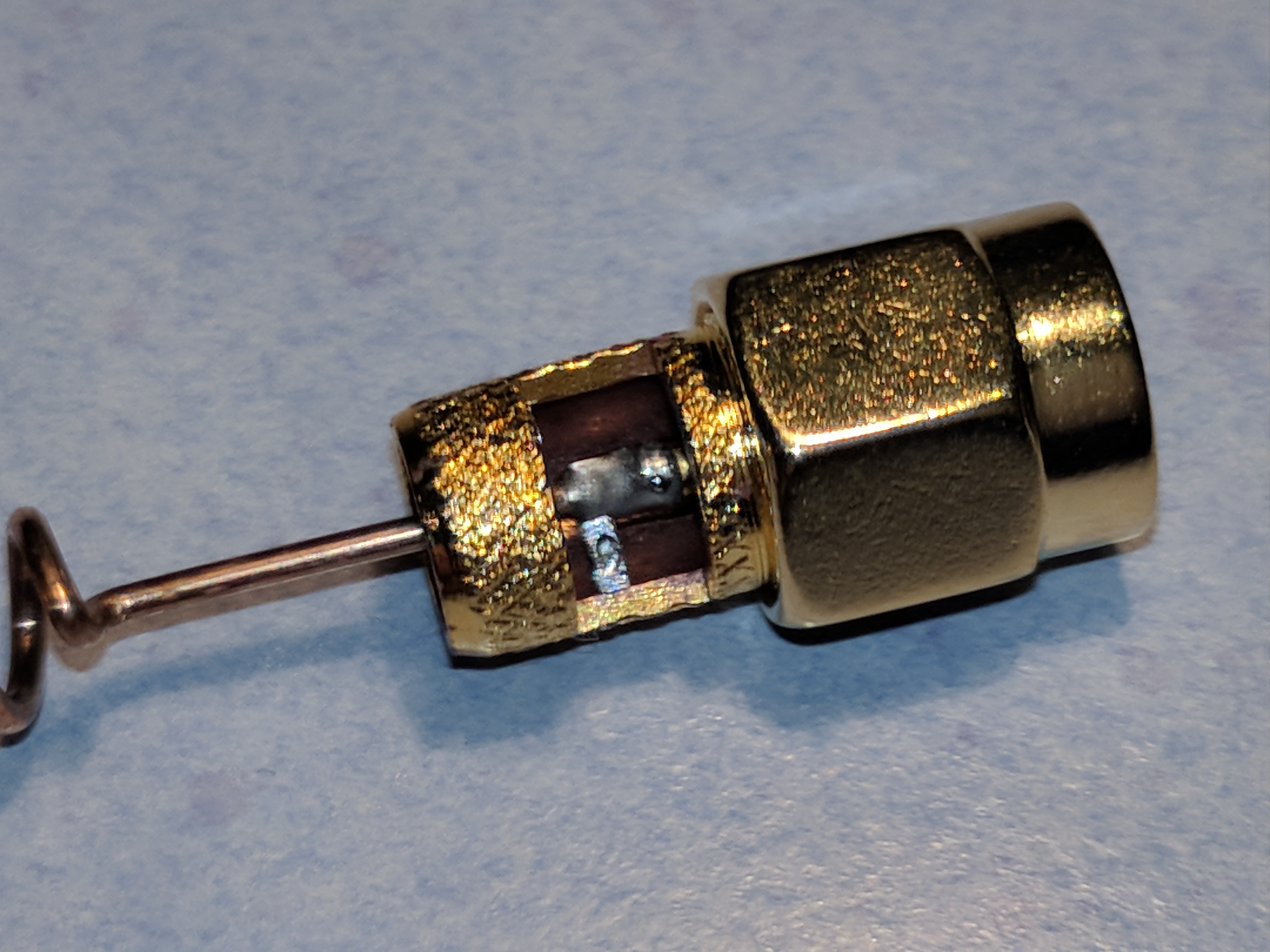
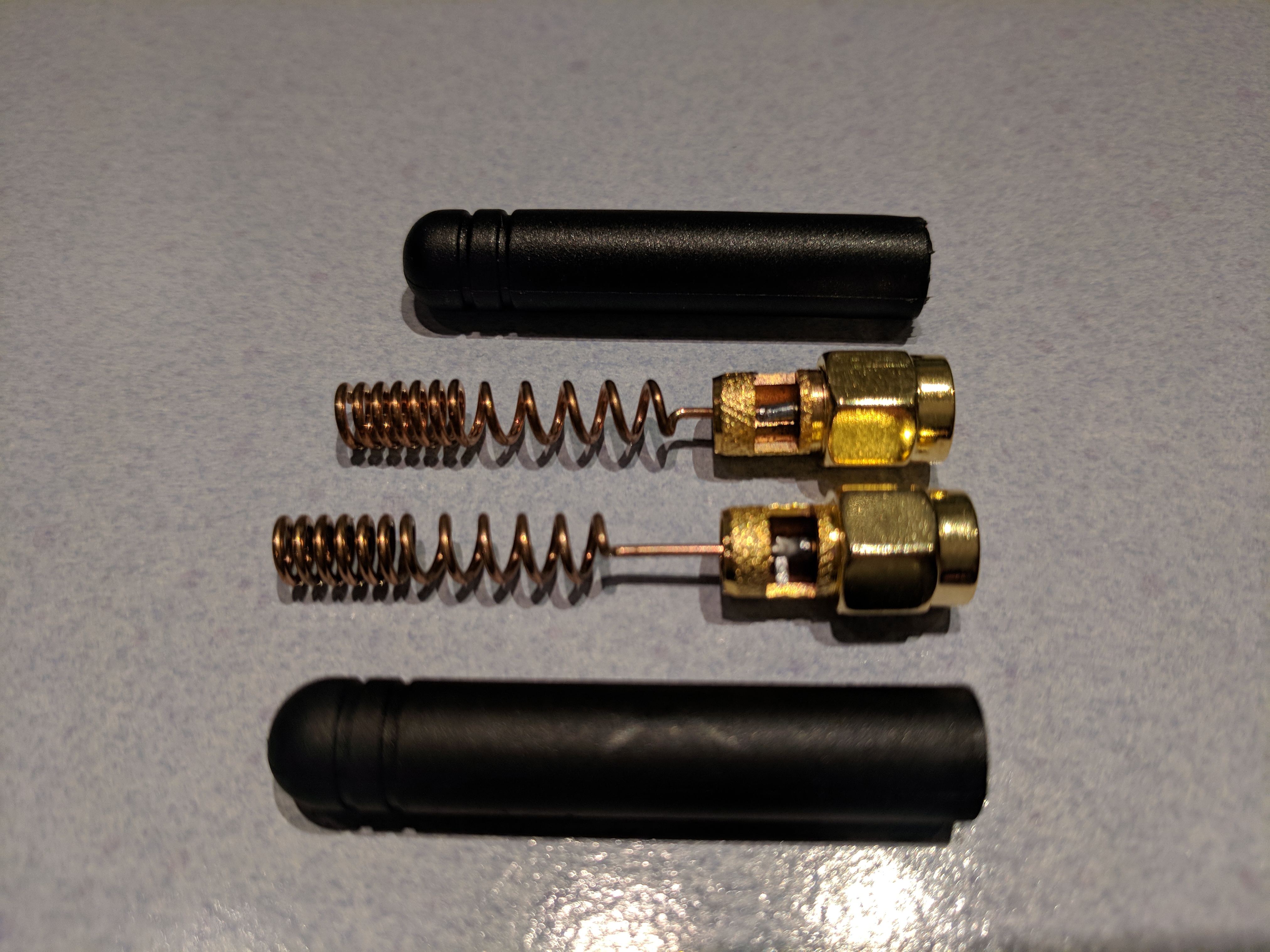
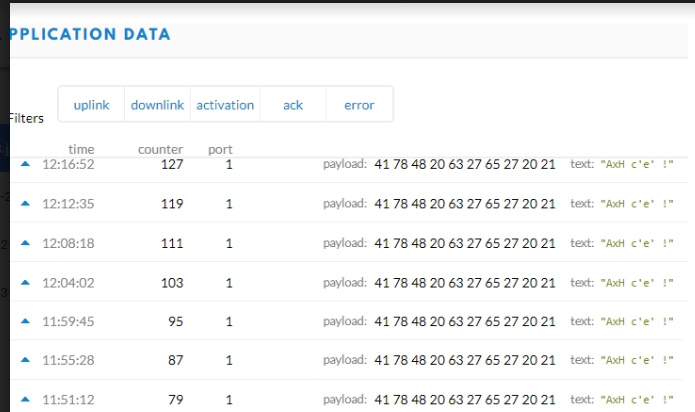
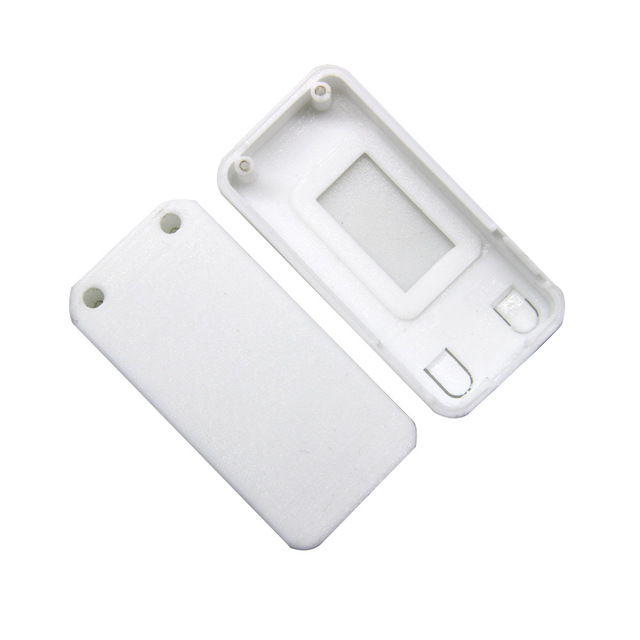
 )
)